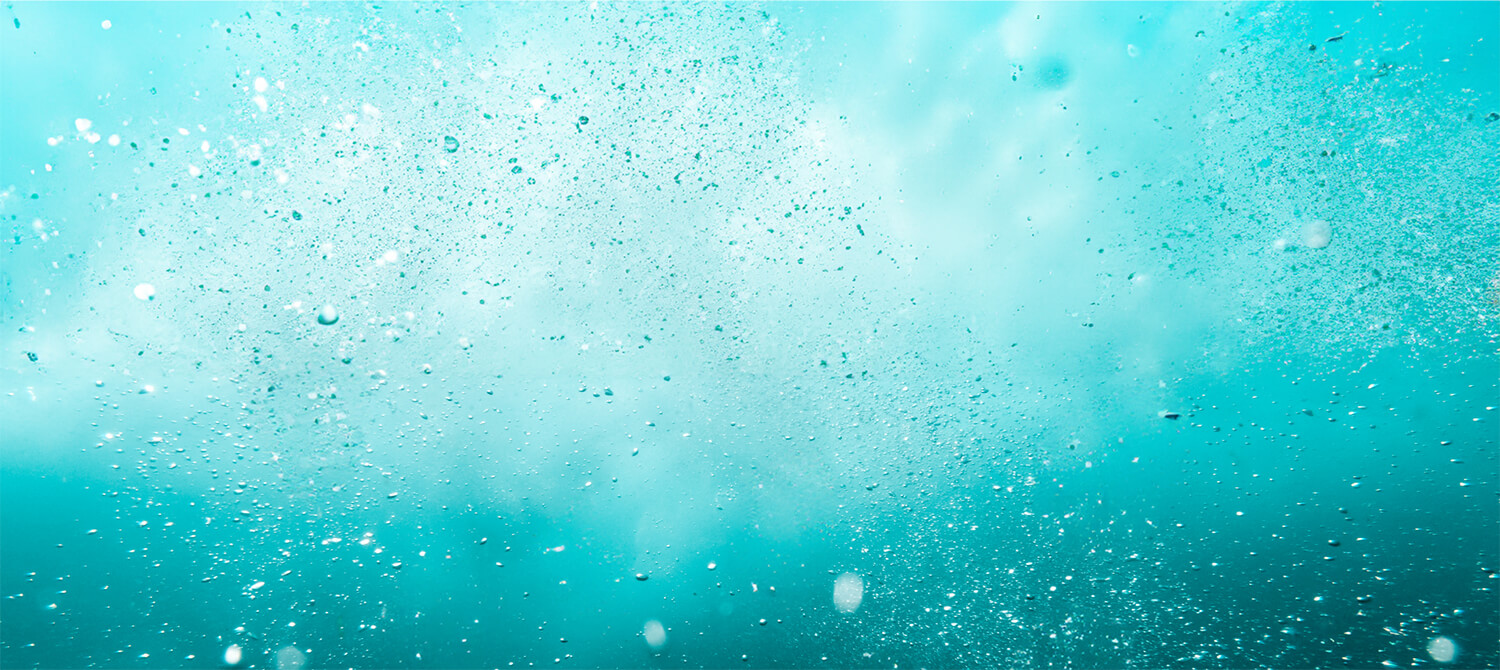Context
Waste is a critical global issue, with municipal waste generation projected to nearly double by 2050. Halve Waste was created to address this challenge locally, supporting six regional councils in reducing landfill waste.

Halve Waste was founded in 2010 by Albury City and is six surrounding councils with an initial goal of reducing the amount of waste going to landfill by 50% by 2020. Through the combination of a new 3 bin system in 2015 and behaviour change campaigns led by our team, this initial goal was met.
Waste is a critical global issue, with municipal waste generation projected to nearly double by 2050. Halve Waste was created to address this challenge locally, supporting six regional councils in reducing landfill waste.
Nine years after the introduction of the Halve Waste program and 3-bin system, including FOGO (Food Organics Garden Organics), misinformation and media scepticism, which suggested that “it all goes to landfill anyway”, threatened disengagement and the continued progress toward the reset target of an 80% reduction in landfill waste by 2030.
By showing that properly sorting organic waste directly benefits local farmers, businesses, schools, and public spaces, we connected waste separation to something tangible and meaningful. We framed composting as “closing the loop,” showing residents that their efforts don’t go to waste but instead nourish the very places they live, work, and play, making a strategic shift to position Halve Waste from a personal responsibility to a collective benefit.


Lowest FOGO contamination rates of any comparable service in Australia.
Highest landfill diversion maintained for over a decade.

220,000 tonnes of compost produced since 2015, benefiting local farmers, horticulture, and landscaping businesses, with additional donations to schools and community groups.

Expansion from 6 to 18 councils, maintaining low contamination and achieving 75% waste diversion in areas transitioning from a single-bin system.

Surpassing the initial 50% diversion target by 2020; now tracking at 74% toward the new 80% goal by 2030.
.png?width=2000&name=bottom-wave-modified%20(1).png)


